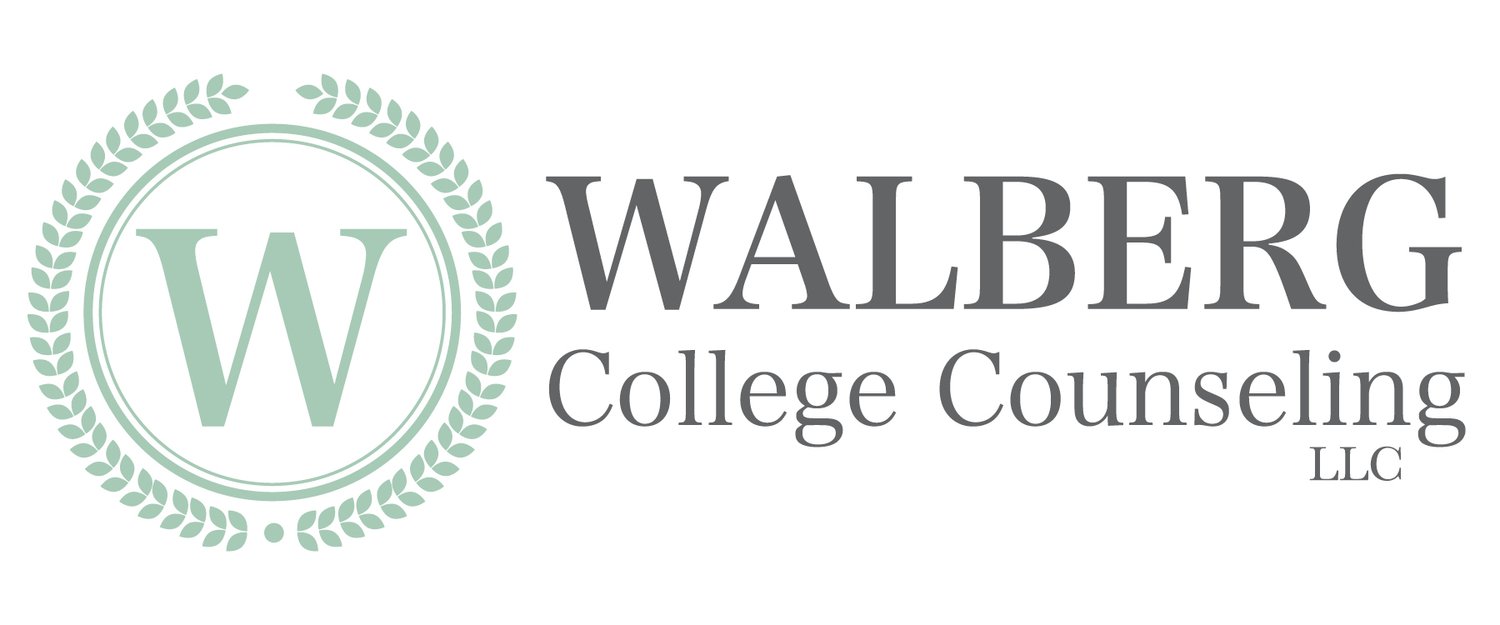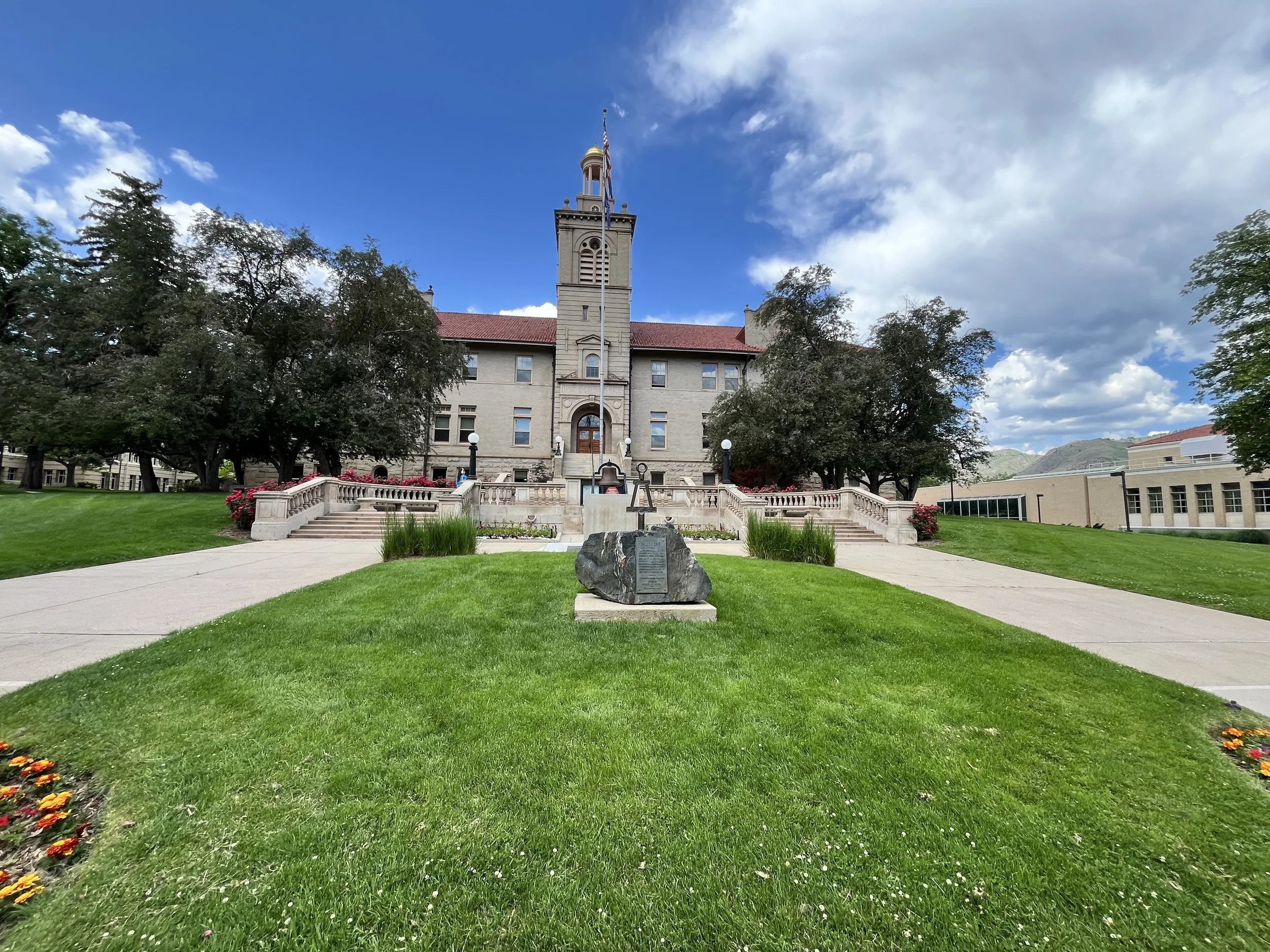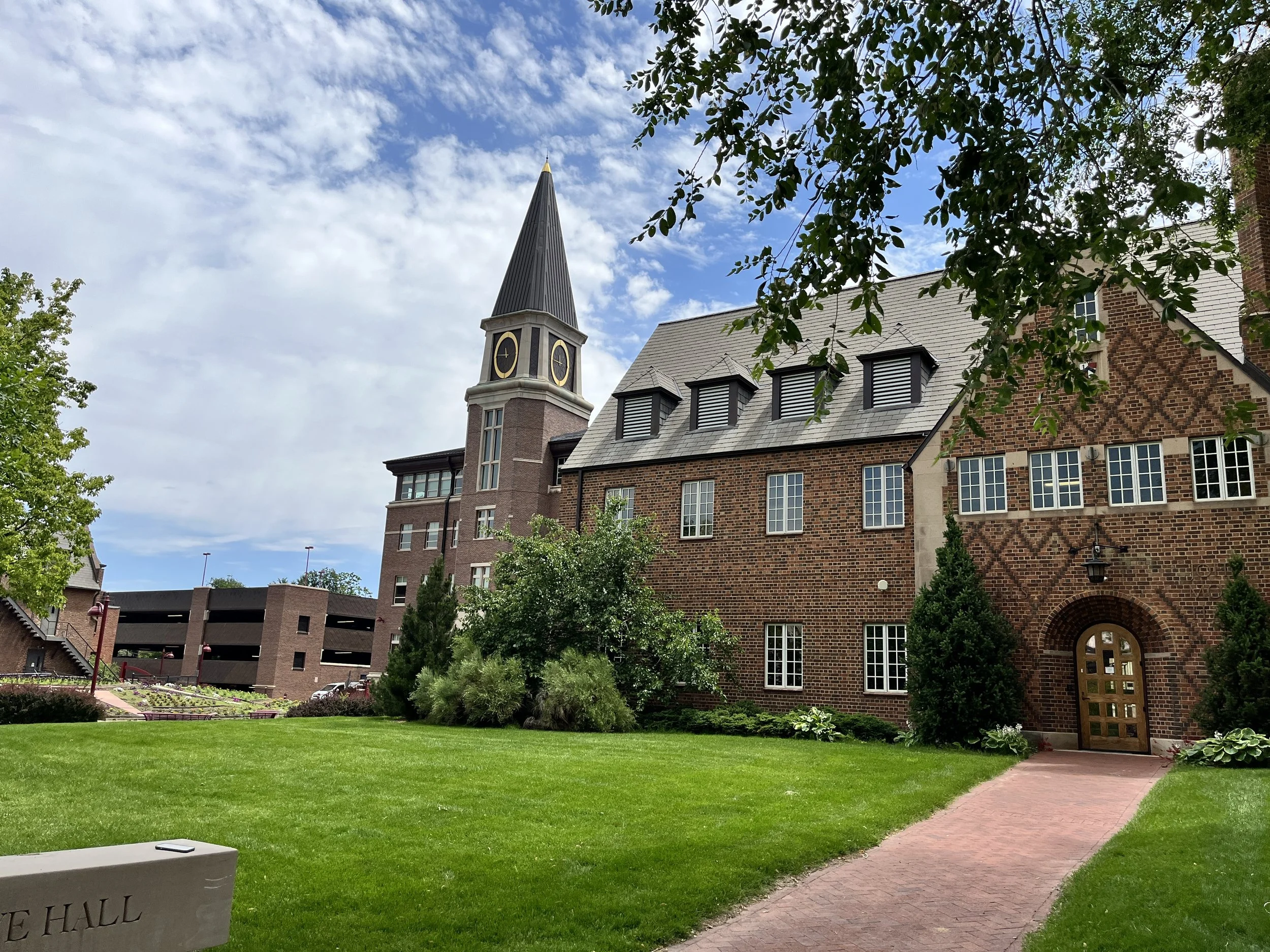One way to have the advantages of a small college while attending a large university is through an honors program. Many public and some private universities offer honors programs that provide great benefits, including preferential class registration, special honors classes, enhanced advising, and enrichment programs.
Honors classes attract top professors who enjoy teaching bright, motivated students. In most programs, students are not required to take all honors courses and often take one or two honors classes each semester alongside their other classes. Honors classes are smaller and allow students to pursue a subject in more depth. Some programs require students to complete a senior project to receive an honors designation on their transcript.
Some schools offer separate honors housing. Honors students are generally not required to live in honors housing, but it’s nice to have the option.
The University of Arizona and Arizona State University both offer honors programs. These are such large universities, each with more than 30,000 students, that an honors program is a great way to create a sense of community. Arizona State University’s Barrett Honors College creates a living-learning community featuring classrooms, an advising center, a computer room, and residence halls. Honors advisors help students find opportunities for research, internships, and study abroad. Interested students need to first apply to Arizona State University and then complete the separate and free Barrett application.
Some honors programs provide financial incentives. Penn State University’s Schreyer Honors College offers a renewable scholarship of $5,000 to all first-year honors students and provides grants to students who study abroad. The school offers more than 200 honors courses each year. Like many honors programs, they boast of high placement rates in graduate and professional schools.
While many large public universities have honors programs, some states also offer the option of a separate honors college. For example, St. Mary’s College of Maryland is that state’s honors college. With about 2,000 students, this liberal arts college offers a private school education, with small classes and lots of faculty interaction, at public school prices.
Private schools can also have honors programs. At Boston’s Northeastern University, students have access to separate honors sections of courses, as well as interdisciplinary honors seminars. They can live with other freshmen honors students and enjoy excursions to the theater and symphony.
These are just a few examples of the many honors programs available at colleges and universities across the country. While a few require a separate application, most schools will invite applicants with top grades and test scores to join their honors programs. Refer to College Raptor for a more extensive honors list.




















